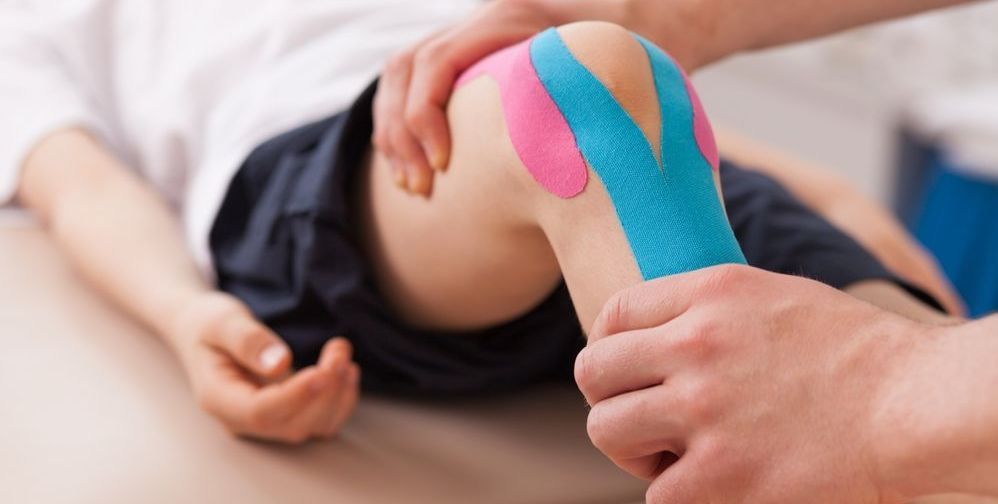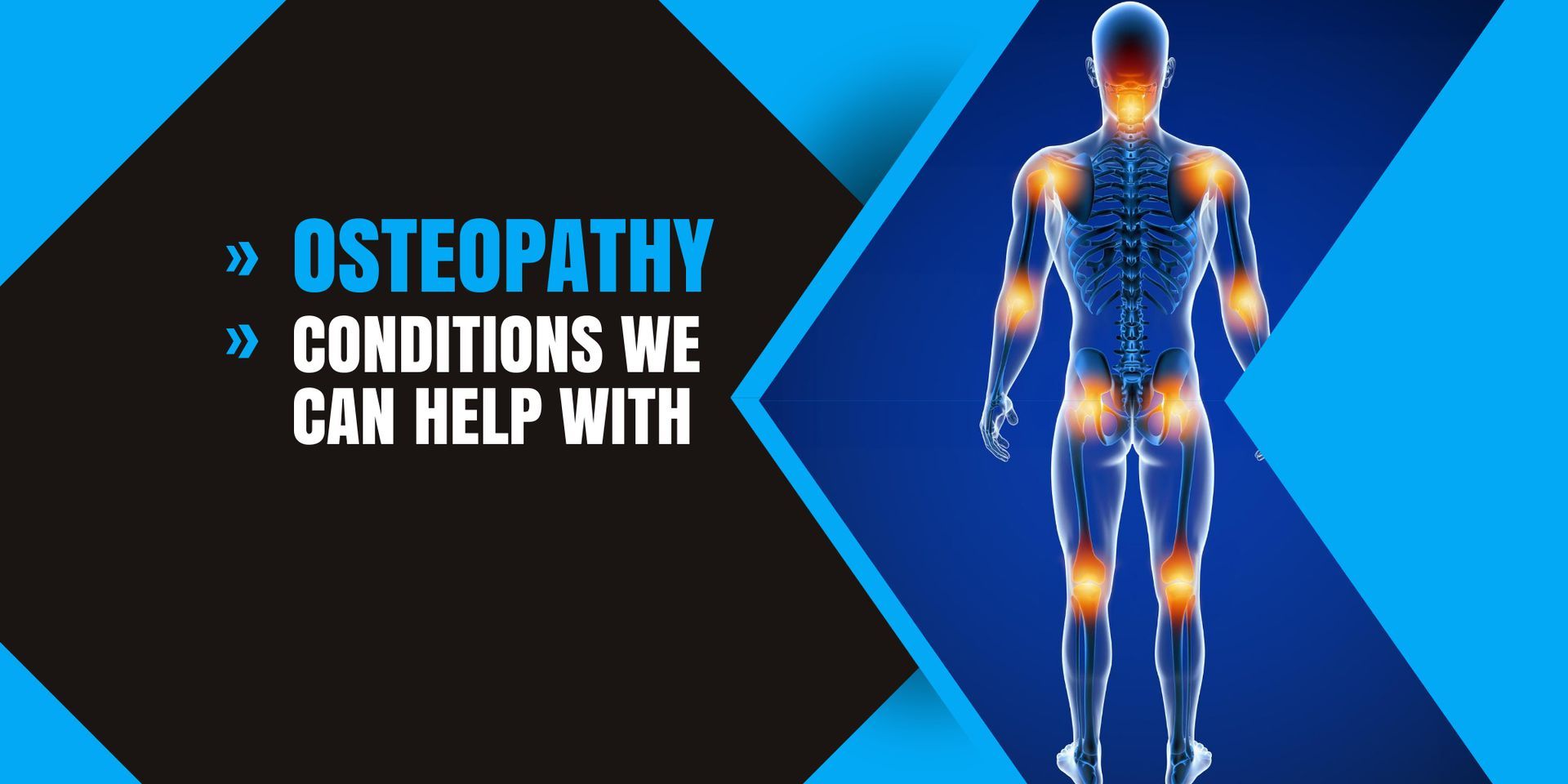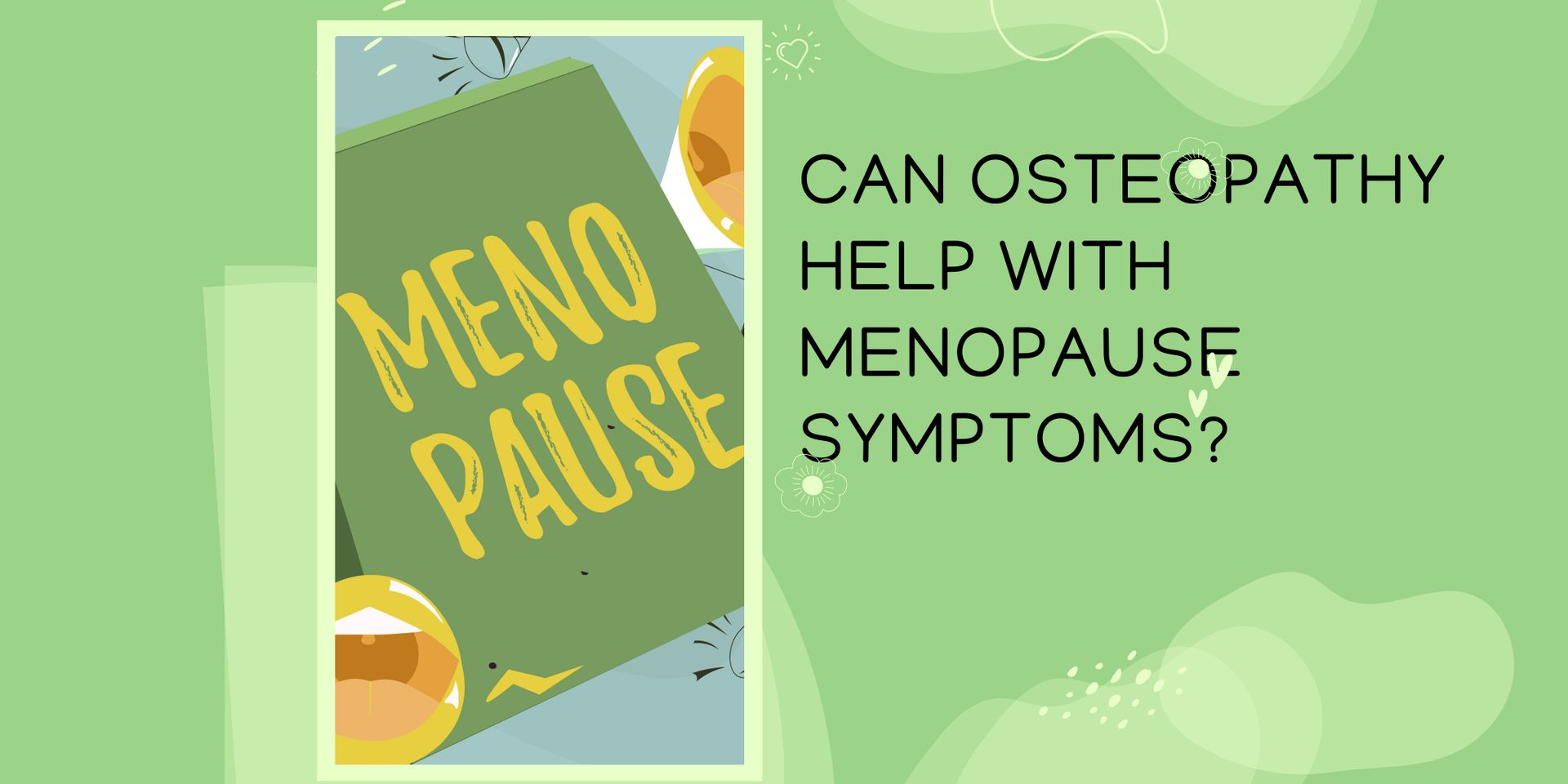Electrotherapy and Kinesio Taping in Osteopathy
Electrotherapy and Kinesio taping are both well-known for their therapeutic benefits

In the ever-evolving landscape of healthcare, osteopathy has emerged as a holistic and patient-centred approach to addressing musculoskeletal issues.
Among the myriad techniques employed by osteopaths, electrotherapy and Kinesio taping have gained prominence for their effectiveness in promoting healing and enhancing the overall well-being of individuals.
In this article, we will explore the integration of electrotherapy and Kinesio taping into osteopathic practice, understanding how these complementary therapies contribute to the holistic healing process.
Electrotherapy in Osteopathy
Electrotherapy, a therapeutic modality that utilises electrical stimulation for pain management and tissue healing, has found a valuable place in the toolkit of osteopaths. Here's how electrotherapy is applied in osteopathic practice:
Pain Management:
Electrotherapy can be used to alleviate pain associated with musculoskeletal conditions. By targeting specific nerve fibres, it helps to interrupt pain signals, providing relief to patients suffering from chronic pain or acute injuries.
Stimulation of Tissue Repair:
Electrical stimulation promotes blood flow and encourages the body's natural healing mechanisms.
This is particularly beneficial for patients recovering from injuries, surgeries, or dealing with conditions that impede normal tissue repair.
Muscle Rehabilitation:
Electrotherapy aids in muscle rehabilitation by strengthening weakened muscles and reducing muscle spasms.
This is especially relevant for individuals recovering from sports injuries or those with chronic muscular conditions.
Improved Joint Mobility:
Osteopaths may use electrotherapy to enhance joint mobility in patients with restricted movement.
The electrical stimulation helps relax tight muscles and can contribute to improved joint function.
Kinesio Taping in Osteopathy
Kinesio taping is another innovative technique that complements osteopathic treatments.
This method involves the application of a specialised
tape to the skin, providing support to muscles and joints without restricting movement. Here's how Kinesio taping is utilised in osteopathic care:
Pain Relief and Support:
Kinesio tape is designed to mimic the flexibility of human skin, offering support to muscles and joints without limiting range of motion.
It can help alleviate pain by providing stability to injured or weakened areas.
Enhanced Circulation:
The tape's unique elastic properties create a lifting effect on the skin, promoting better circulation and reducing swelling.
This can be particularly beneficial for patients dealing with edema or inflammation.
Postural Correction:
Osteopaths may use Kinesio taping to facilitate postural correction by providing sensory feedback to the body.
This helps patients maintain better alignment and reduces the risk of injuries related to poor posture.
Neurological Benefits:
Kinesio tape interacts with the sensory receptors in the skin, influencing the nervous system. T
his can have positive effects on muscle activation and coordination, contributing to improved movement patterns.
Conclusion
The integration of electrotherapy and Kinesio taping into osteopathic practice represents a holistic approach to musculoskeletal care.
By combining hands-on osteopathic techniques with these advanced modalities, practitioners aim to address not only the symptoms but also the underlying causes of musculoskeletal issues.
Patients benefit from a comprehensive and personalised treatment plan that considers the interconnectedness of the body systems, promoting optimal healing and long-term well-being.
As the field of osteopathy continues to evolve, the incorporation of innovative techniques like electrotherapy and Kinesio taping underscores the commitment to providing patient-centred, effective, and holistic care.







